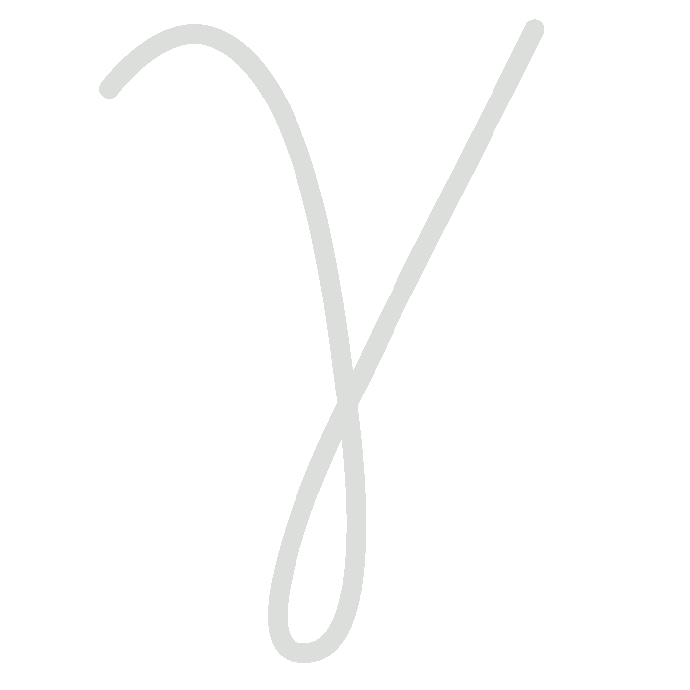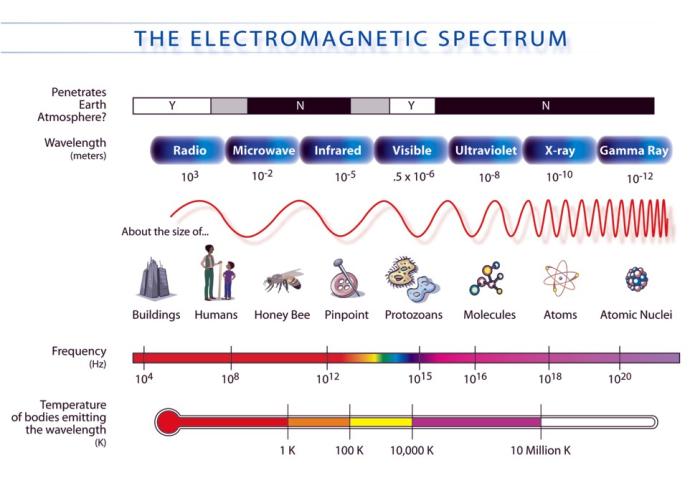Light is complicated as it can act as both a wave and a particle. Choosing how we want to talk about light - wave or particle - is only a matter of convenience.
In the 19th century, experiments showed that light behaved as a wave. But in some cases, this wave nature did not make sense. The light had some properties that could only be explained if it was made of particles, like little "grains" of light.
A particle of light is known as a photon. These can be thought of as little packets of light, carrying energy.

To understand what happens to light when it reaches a mirror, we can say that photons bounce off the surface of the mirror. This treats the light as a particle like a ping-pong ball bouncing back. If we pass light through 2 holes then at the other side of the holes we see it interact like waves on the surface of a pond.
When we take a photograph on a modern camera, or on a telescope camera, we count these photons. The more we count the brighter an object is - we call this measurement the flux.
When light acts as a wave, it still carries energy, but it has a bunch of other information too. Like the wavelength and frequency. Light waves, or electromagnetic waves can have a huge range of wavelengths. Some are many kilometres long and some less than a thousandth of a billionth of a metre!

